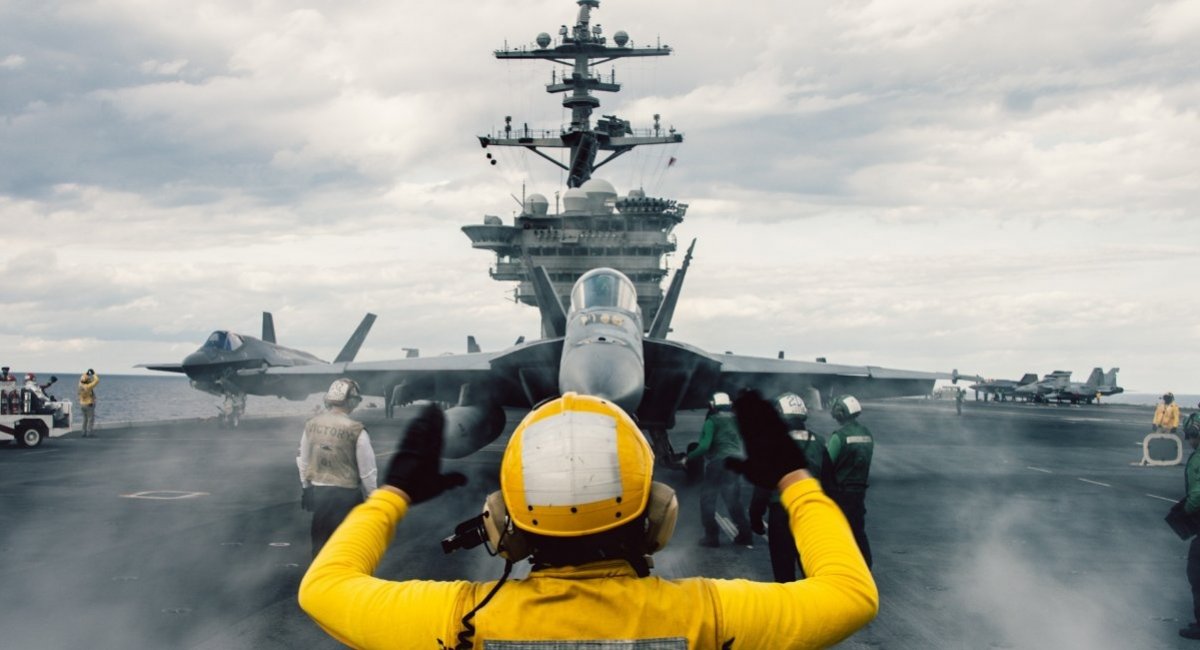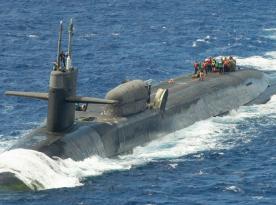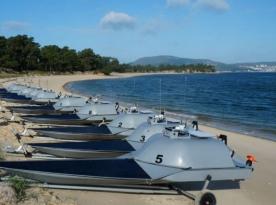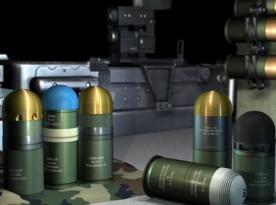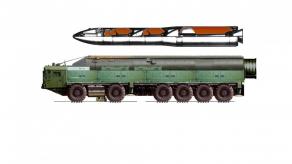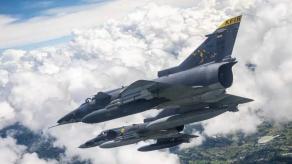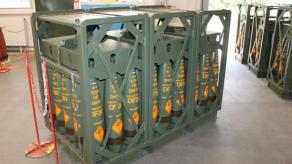Lockheed Martin has been excluded from the competition to develop the U.S. Navy’s next-generation carrier-based fighter under the F/A-XX program, which aims to replace the F/A-18E/F Super Hornet and operate alongside the F-35B and F-35C.
According to Breaking Defense, citing its own sources, the decision was made after reviewing proposals, though neither Lockheed Martin nor the Pentagon have commented on the matter.
Until now, Lockheed Martin, the sole American supplier of fifth-generation fighters — the F-22 and F-35 — was widely regarded as the frontrunner. With its exclusion, only Northrop Grumman and Boeing remain in the competition.
Read more: "Bundeswehr Advances Its Reusable Hypersonic Aircraft Project: Tests Planned For 2028"
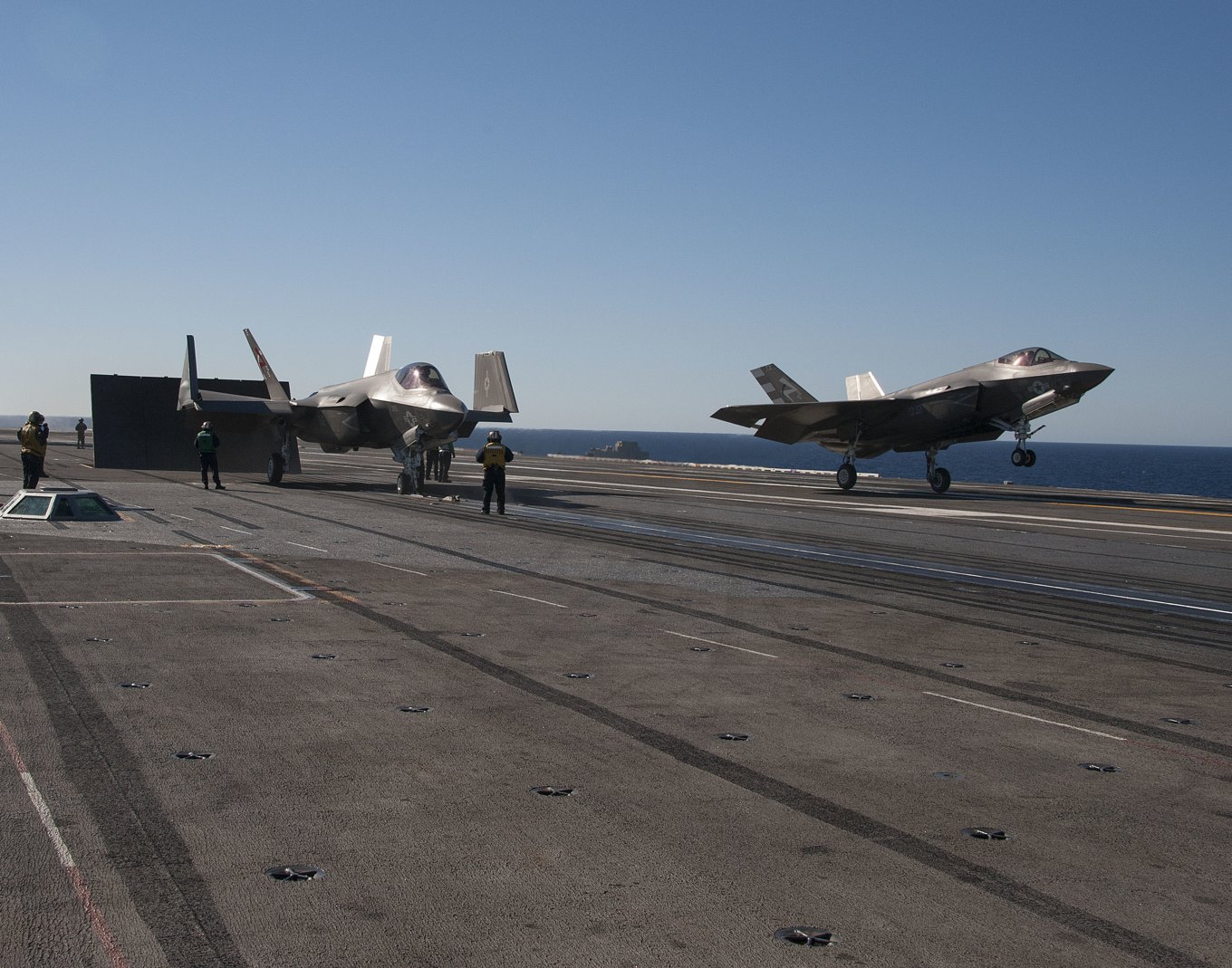
Defense Express reminds that the F/A-XX program is a component of the broader Next Generation Air Dominance (NGAD) initiative, which is developing a sixth-generation fighter for the U.S. Air Force. While the two programs are not identical, they are not entirely separate either. The Navy has already indicated it requires a different airframe and engine than the Air Force, but other systems may be shared.
Lockheed Martin’s removal from F/A-XXcertainly does not add optimism to the prospects of NGAD, as its continuation now largely depends on decisions by President Donald Trump and his administration. However, NGAD still has a better chance of proceeding than the Next Generation Aerial Refueling System (NGAS) stealth tanker, which the Air Force has already recognized as unnecessary and will not request funding for.
Boeing, one of the remaining contenders, has invested billions since 2023 to expand fighter production at its St. Louis facility, where it assembles the F/A-18E/F Super Hornet, F-15EX, and T-7A Red Hawk.
However, Boeing has faced constant setbacks in recent years, with its reputation suffering from ongoing program difficulties, even in areas where it has historically been strong — such as the troubled KC-46A Pegasus tanker, derived from the Boeing 767.
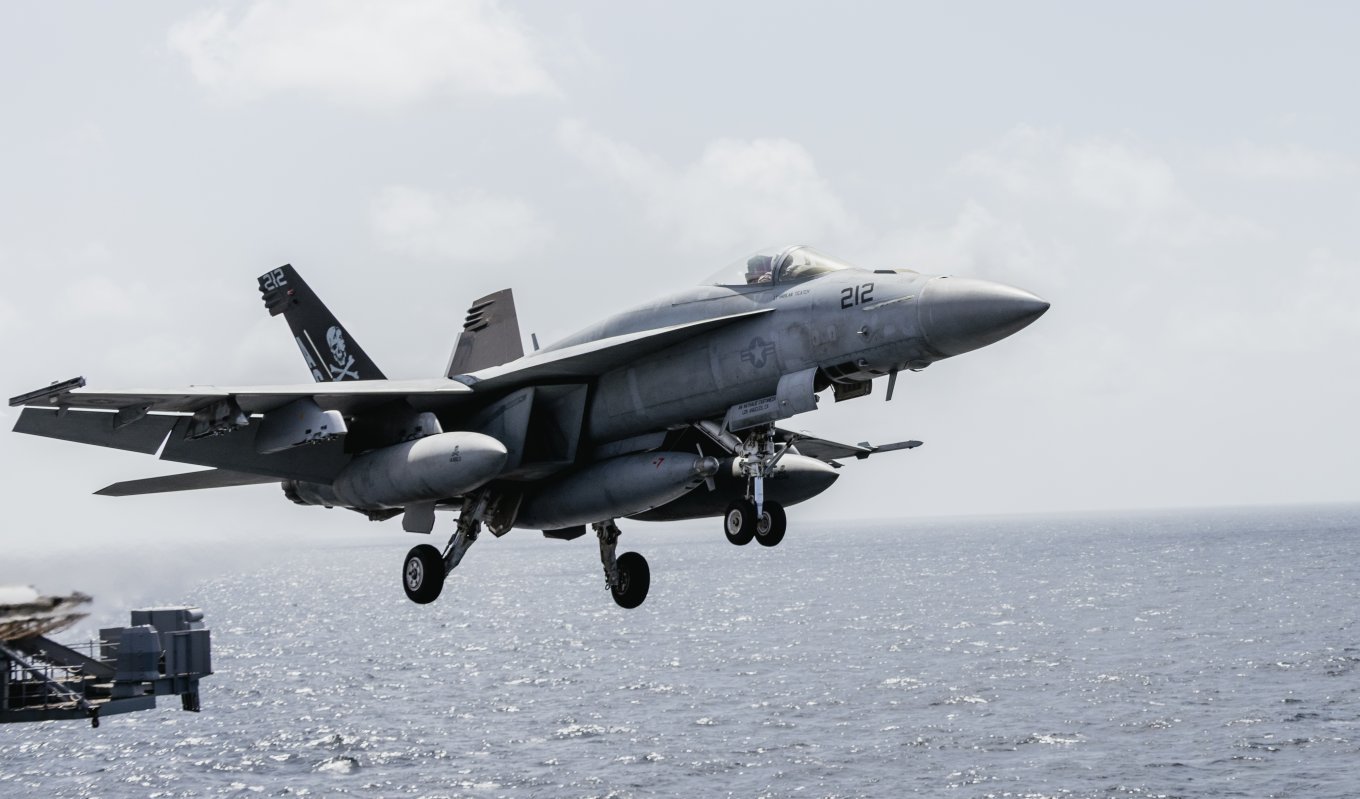
Despite Boeing’s current role in producing the Super Hornet, the original F/A-18 was developed by McDonnell Douglas in partnership with Northrop before Boeing’s acquisition of McDonnell Douglas. Securing the F/A-XX contract would be a real lifeline for the company.
Northrop Grumman, meanwhile, is finalizing work on the B-21 Raider, classified in the U.S. as a sixth-generation bomber. However, its experience in fighter development dates back to when Northrop and Grumman were separate entities. Northrop last developed the YF-23, which lost to Lockheed Martin’s F-22 in the Advanced Tactical Fighter competition, while Grumman’s last major fighter program was the carrier-based F-14 Tomcat, introduced in the 1970s.
Read more: Canada is Worried All Its F-35 Can Be Disabled With a Push of a Button in Washington: How Realistic It is



